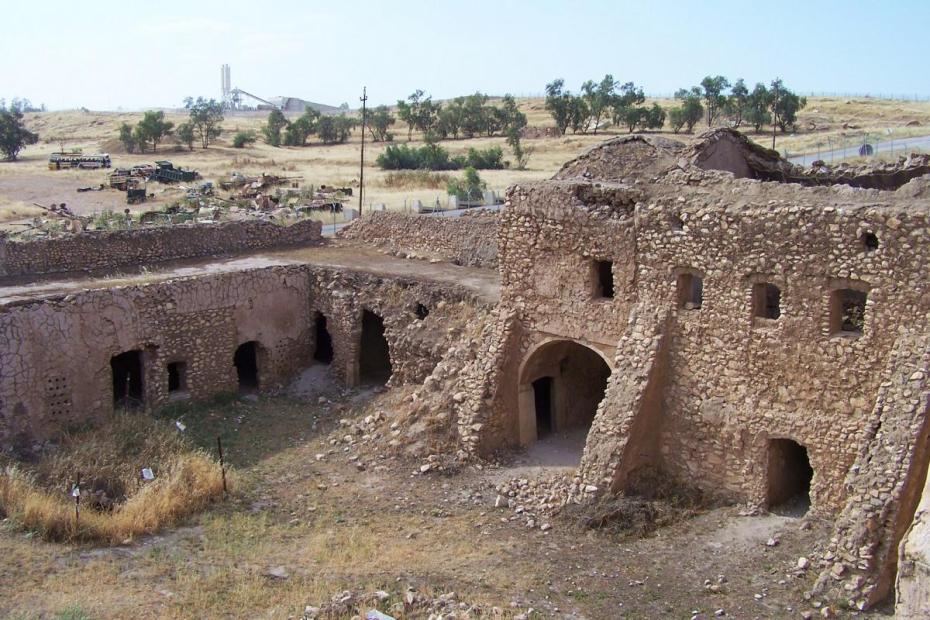The history of the Chaldean Church from ancient times has been shaped by migration. In the last 100 years, the Church has witnessed two great migrations. By the mid-20th century, Chaldean Catholics moved from villages in the north of Iraq to the city of Baghdad, “looking for jobs, security and education for their children in the universities.”1 Conflict later hastened the shift. “During the conflicts between Kurds and the Iraqi Army, which lasted until 1975, many Christian villages were burned down and churches were destroyed… The number of Chaldeans in Northern Iraq dwindled from one million to about 150,000 during that time” as the center of the Church shifted more fully to Baghdad.2
In the wake of internal political oppression in Iraq, the Iran-Iraq war, the Persian Gulf wars, and the subsequent crises in Iraq, Chaldeans have fled the country in large numbers, heading in particular for the United States, Australia, and (until recently) Syria. Kurdistan has often provided safe haven, but the cost in terms of loss of cultural traditions has been seen as too high by some Iraqi Christians.3 Some Chaldeans had apparently found refuge in northern areas of Iraq, but many are apparently on the move after these areas were overtaken in June 2014.
According to Suha Rassam:
Before the second Gulf War, Christians made about 4-5% of the population, at roughly one million individuals. Of these, 70% are Chaldeans, the rest being Syrian Catholic, Syrian Orthodox, Assyrian Church of the East, Ancient Church of the East, as well as small numbers of Armenians, Protestants, Greek Orthodox and Greek Catholics, Copts, Latins, and Anglicans. The majority lived in the cities of Baghdad, Mosul, Basrah and the rest in the towns and villages of the plain of Mosul and Kurdistan. Since 2003, a significantly high number of these Christians have been displaced, and about half have left the country.4
“Apart from the desperate economic condition in Iraq,” O’Mahony wrote in 2004, “Christians left [because] as a minority, they feared the growing insecurity and lawlessness in the country without the traditional protection of the state. In addition,… Christians were worried by what they perceived to be concessions made by the Ba’athis regime to the Islamists—for instance the prohibition of alcohol in public places and the extensive use of the state-controlled media for other religious propaganda.”5
Such mobility certainly brings about tremendous cultural challenges, especially as large numbers of Chaldeans integrate into the United States, Canada and Australia. Chaldeans have tended to migrate to specific areas such as metro Detroit, Toronto and San Diego, where they can support one another and maintain aspects of their culture, but they will still live in communities with very different cultural priorities than the ones they left behind. Exploring these challenges is a future goal for this site.
- 1Archbishop Louis Sako, The Chaldean Catholic Church: A Story of Being, (Kirkuk, Iraq, privately published, 2009), 20-21.
- 2Sako, The Chaldean Catholic Church, 21-22.
- 3Suha Rassam, “Iraqi Christians: The Present Situation,” in The Catholic Church in the Contemporary Middle East, eds. Anthony O’Mahony and John Flannery (London: Melisande, 2010), 197-98.
- 4Rassam, “Iraqi Christians: The Present Situation,” 187-88.
- 5 Anthony O’Mahony, “The Chaldean Catholic Church: The Politics of Church-State Relations in Modern Iraq,” Heythrop Journal 45, no. 4 (October 2004): 445.
